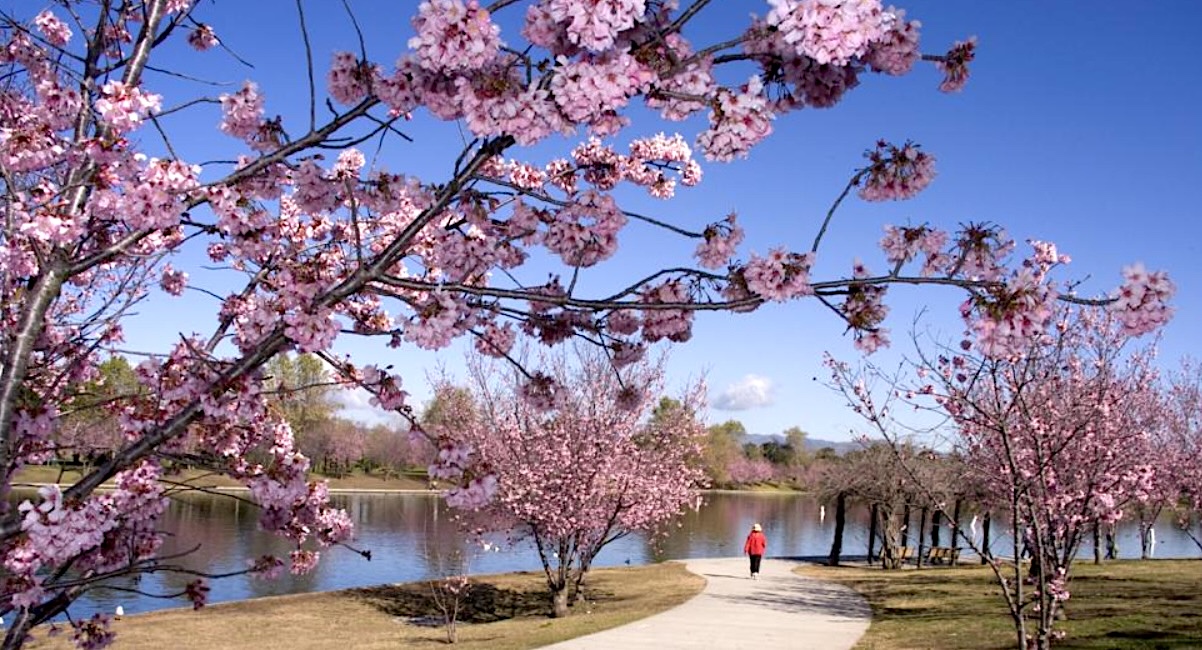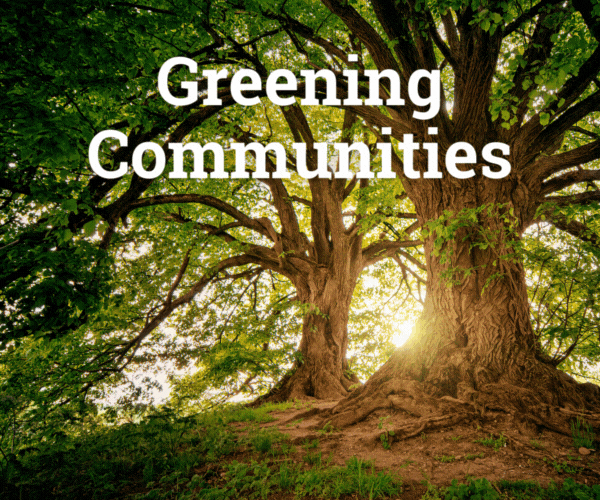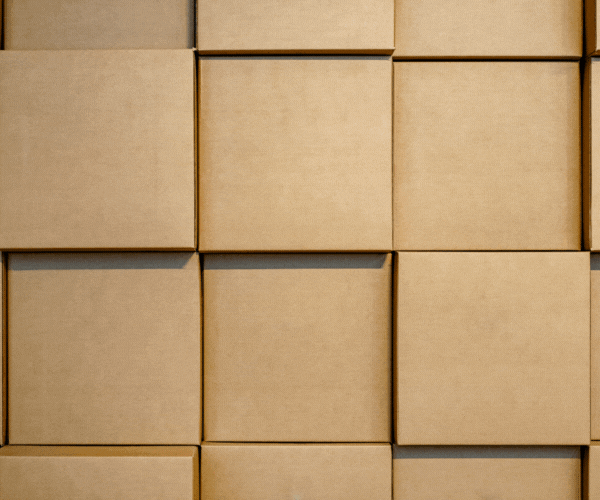Alireza Hekmatshoar | Radio Iran KIRN
Parks hold a special place in Iranian culture, typically serving as spaces for relaxation and recreation. People often gather in these parks, particularly during holidays or in summer, and, like many communities worldwide, Iranians perform morning or evening exercises there in groups. These group activities help ensure that the rich Iranian culture, known for its strong influence on family, creates an extended family among Iranian compatriots and citizens.
Generally, in Iranian culture, being outdoors, especially during special occasions and particularly in neighborhood parks, has long played a central role. We should note that this importance extends beyond the daily activities people undertake in parks. According to ancient Iranian tradition, days such as Sizdah Bedar (the thirteenth day of Nowruz) are included in the calendar, inviting people and families to gather outside their homes in parks and green spaces. This tradition has remained unchanged, from Iran all the way to the United States, Los Angeles— specifically the San Fernando Valley and Balboa Park.
“When I first came here, Balboa Park didn’t exist. It was just an empty lot. I was working for the city—I still work for the city. Some changes were happening at the Tillman Water Treatment Plant on Woodley Avenue. I went there to check their equipment, and they had brought in incredibly sophisticated new filtration systems with multiple stages—six or seven—to purify water. This was sewage water from the San Fernando Valley that would go to the Tillman Water Plant for treatment and then be released about five miles into the ocean, as had been done for many years. Technology reached a point where the quality of water being released into the ocean was so good, and its bacteria levels were so low, that it became usable. At that time, about 20 years ago, they decided to turn the empty Balboa lot into a park and create a lake there.”
Behrouz, now sixty years old, left Iran in 1979 and settled in Encino, in the San Fernando Valley. He is one of the Los Angeles city officials who played a major role in creating Balboa Park’s lake. Thus, the establishment of a park named Balboa in the San Fernando Valley became a gathering place for different Iranian groups to meet and try to recreate the nostalgic atmosphere they experienced in pre-revolution Iran—this time outside that country’s borders and thousands of miles away in Encino and Balboa Park.
Debi is another resident of the Balboa Park area in Encino.
“I’m very happy that this park exists where we can enjoy ourselves. As someone who came from Iran, I always went to a park previously called Park Shahanshahi, which later became Park Mellat. It had a lake where we could ride pedal boats and have a good time. When I came here and saw Balboa Lake, this park with its lake and the same facilities with pedal boats reminded me of Park Mellat; therefore, it helped compensate for some of my homesickness for Iran and Tehran. Its green space, its pleasant environment, and especially the fact that it has fortunately gathered the Iranians of this area together—when we would go there and see Iranians in the children’s play area playing with their children, or in the area where Iranians bring tea with them and are drinking tea and eating sweets—all of those things reminded us of our dear country, allowing us to make the best use of this park.”
John is 67 years old. He considers Balboa Park extremely important and believes such parks eliminate class differences. Regardless of their financial situation, people from every country and race gather in this park bringing their picnic supplies. Thus, everyone, on the same level, experiences life in its true meaning in a beautiful, green place—even if only for a few hours.
John: “It’s infinitely important. I’ve seen, for example, when we go walking early in the morning, especially on Sundays, all the people who come there arrive early in the morning to secure a spot and spread out their blankets. These are mostly people who live in very small apartments, many of whom make it there even if just for one day to feel nature. Everyone comes here to enjoy it. There’s no class difference—everyone brings a blanket, table, chairs, barbecue, and such things, and sits there enjoying themselves.”
Despite migrating from Iran to Los Angeles, many Iranian families have remained deeply committed to the ancient Persian cultural bond between people and green spaces. Parents have made efforts to keep their children familiar with parks, as in the ancient culture of Iran, and to turn public recreational spaces like Balboa Park into venues for children to gather, play, celebrate, or study. In doing so, they have taught their children the importance of going to parks from an early age.
“I’ve been going to the park since childhood—I think from when I was two until I was about 12, I went to the park every summer for camp. I also remember celebrating my birthday there for many years. We would get a piñata and go to the park together; that way, we had much fun with my friends. And at the camps, I met many of my friends whom I’m still friends with today because of Balboa Park.” Norlin says.
Norlin is 22 years old. She is considered second-generation from immigrant families. Born in the United States, she was a part of the park’s sports teams during childhood and adolescence. Now, in her youth, she sees the park as a place to walk and spend good times with her friends.
Norlin continues: “I was on the basketball and soccer teams in Balboa Park, but now that I’ve grown up a bit, I go walking with my friends. I like to walk in the park with my friends, talk, and have a good time.”
“They’ve held big Sizdah Bedar celebrations in this park, making it doubly wonderful because we could listen to all kinds of Iranian music there,” said another Iranian-American woman.
The San Fernando Valley in the northwestern areas of Los Angeles is one of the regions that houses a large population of Iranians. Due to its size and facilities, Balboa Park in Encino has become a venue for large gatherings of Iranians at different times of the year, including on Nature Day or the last day of Nowruz. This time has special historical significance for Iranians. Consequently, Balboa Park welcomes Iranians who gather on various occasions, including one of those historical days, Sizdah Bedar or Nature Day, to spend this celebration together outside their homes.
Generally, the concept of a park in the Iranian sense may be beyond what it appears to be. Many Iranians don’t see parks merely as places for strolling or seeking refuge in nature. Parks find a more important place in their personal lives.
Iranian man: “We often go there every weekend to walk. Friends gather together, and while walking, we talk with each other. We have political, scientific, spiritual, and family discussions. It becomes a center where we can all gather and exchange ideas; that’s very important. We don’t need to have a formal center or a building somewhere to gather. That park brings things together from several perspectives—connection with nature and other people.”
Although today’s generation deals more with AI and the digital world, Iranian families still emphasize that their children go to parks. Children who form many of their social relationships in these parks may maintain these relationships for a long time, perhaps until the end of their lives.
Norlin: “Because Balboa Park is in the Valley, in Encino, many of the kids who go there are Iranian. That’s why when I go there and meet other kids, I’ve found many of my friends who are Iranian this way.”
Balboa Park has undoubtedly played a major role in the lives of us Iranians in Los Angeles. It is a place through which our Iranian culture has remained alive and has not only contributed to the flourishing of the area, better climate conditions, and more attractive amenities but has also been a bridge for us Iranians to reconnect and, of course, for cultural exchange with other segments of society.
Behrouz: “This park is very important to us because it’s a place where our community, especially Iranians, during times like Sizdah Bedar, have the opportunity to gather together, barbecue, and have a good, unforgettable day.”
This story was produced by Ethnic Media Services in collaboration with the Laboratory for Environmental Narrative Strategies (LENS) at UCLA as part of the Greening American Cities initiative supported by the Bezos Earth Fund.





